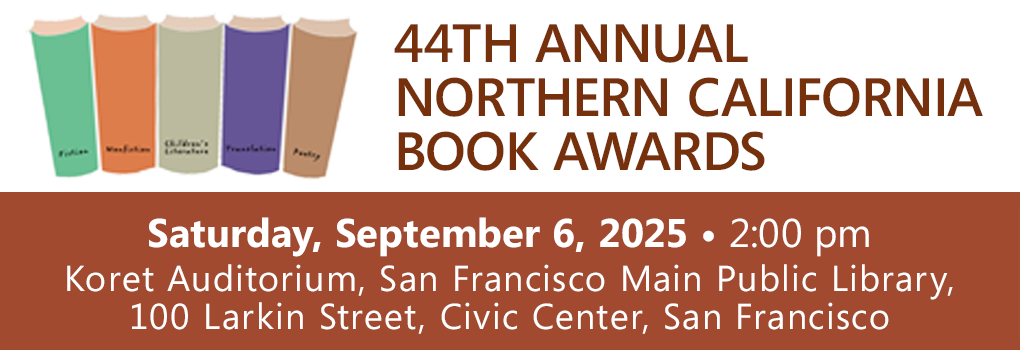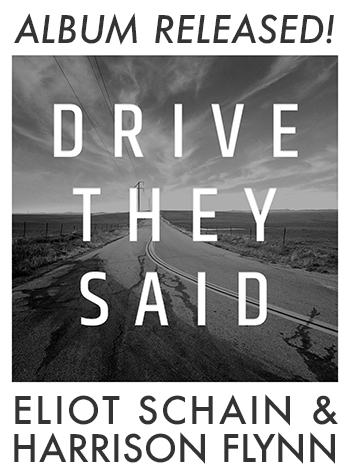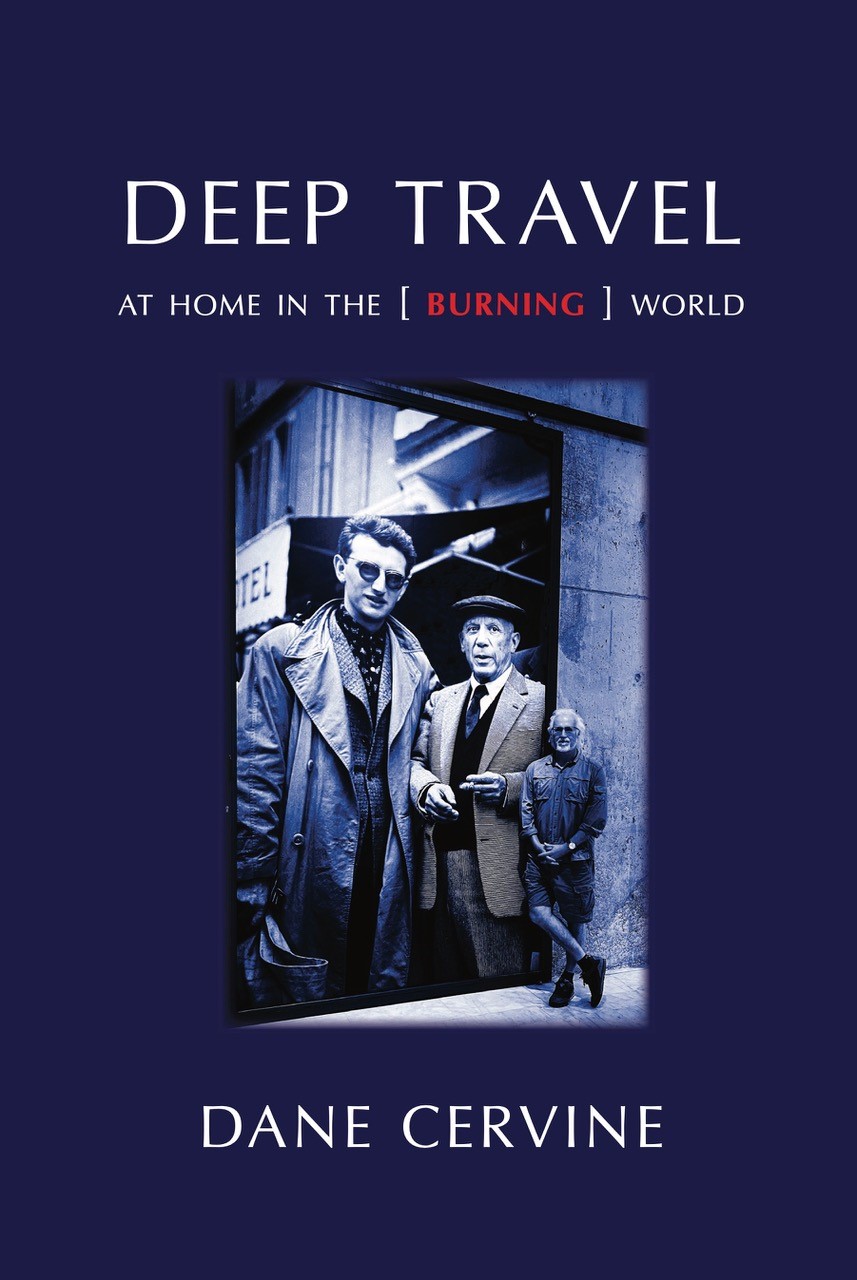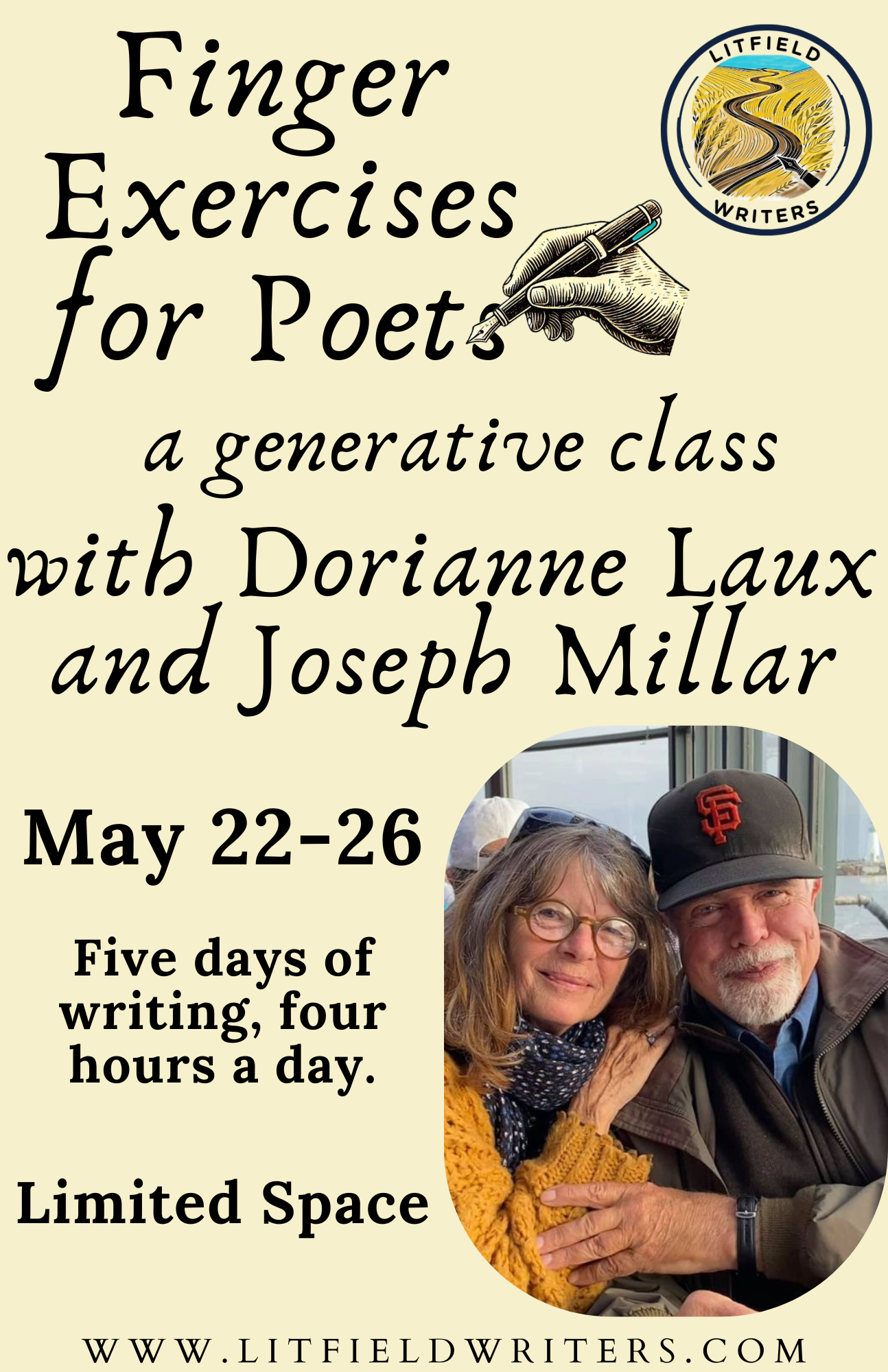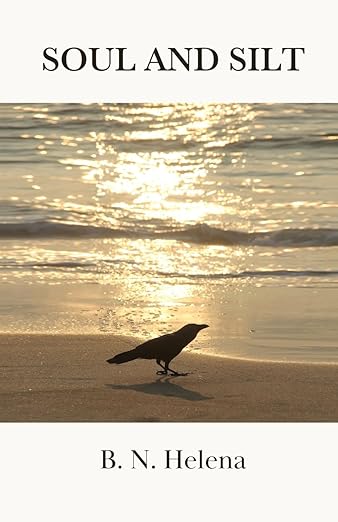
Feminist Carnivalesque and Something Other
An Interview with Gail Wronsky
by Ramón García
Gail Wronsky is the author, coauthor, or translator of fifteen books of poetry and prose, including Under the Capsized Boat We Fly: New and Selected Poems, Imperfect Pastorals, Poems for Infidels, and Dying for Beauty, a finalist for the Western Arts Federation Poetry Prize. She's the translator of Argentinean poet Alicia Partnoy's Fuegos Florales/Flowering Fires, winner of the American Poetry Prize from Settlement House Press. The Moose in the Moon, her book of poetry for children, was recently published by Tsehai Publishers. Gail Wronsky's poems have appeared in many journals, including Poetry, Boston Review, Antioch Review, Denver Quarterly, Poetry International, Guesthouse, and Volt. She teaches Creative Writing and Women's Literature at Loyola Marymount University in Los Angeles. —Editor
Ramón García: First of all, it was such a pleasure to revisit your work in Under the Capsized Boat We Fly: New and Selected Poems. I was struck by what a strong start you had with your first book, Again the Gemini are in the Orchard, a wonderful title based on a painting by Leonora Carrington. The poems have aged very well. I would say that time has, magically, made them of our time. When your book was published Carrington was not well-known, especially outside of Mexico, and there was not much interest in her literary work. Now that there is a lot more interest in Carrington and Latin American surrealist women artists, I am struck by how prescient the book was, in that it intimated all that is now much more current—the queer, gender aporias and a sexualized feminism. I am curious to know how you came to Carrington and how you see her work influencing yours?.
Gail Wronsky: I found a small book of her short stories called The Oval Lady in a used bookstore in Charlottesville, Virginia, when I was a graduate student there. When you're a grad student, you're constantly in used bookstores because you don't have the money for books and you need books, right? So, I saw it. It has one of her drawings on the cover. I was immediately drawn to it. I immediately recognized the surrealism of it and the strangeness of it. I bought the book. When I read it, my head exploded. You know, it was just one of those things. Because it showed me what a woman artist could do with surrealism. I mean, I'd always known about Méret Oppenheim's "Breakfast in Fur." I know that there were female surrealists working and I know that more and more have been discovered. With Leonora Carrington, it's the combination of a kind of really matter of fact style of writing, along with what she's talking about, which is this wild, imaginative, crazy stuff. Like animals serving tea, you know, dressed in human clothes. Just really wonderfully wild things, but given in a very matter of fact way. So that it sounds like, well, that's just the way things are, but then, that's not really the way things are at all. It was just the kind of wild associative beauty of her work. I'm stunned line by line every time I read it.
RG: So, originally, you came to her more through her literary work than her visual artwork?
GW: Yeah, which I found out more about later. Of course, I love it as well. I mean, she's a fascinating artist, and I'm really glad to know that more and more people are discovering her now. In fact, her house is now a museum in Mexico City.
RG:It just opened.
GW: Which I've got to go to.
RG:There was a great retrospective of her work in Mexico City. I saw it one summer, I think it was three years ago, and it was fantastic. A very great artist. Which leads me to my next question. An interest in surrealism has been consistent. What, in particular, draws you to surrealism?
GW: It's the outrageous use of the imagination. That draws me to it. I believe that the creation of the universe was an imaginative act. I don't have much of a theology, but that would be part of it. I think one of our jobs as artists is to recreate the original creative act. Right? Just keep expanding the possibilities of the imagination. Some of the methods discovered in the late nineteenth century, actually, involved ways of accessing dream material—automatic writing; surrealist games—accessing the content and the space of dreams in our work, in our art. Bringing that to bear on the things of this world in order to get closer to new truths. That's a large part of what my project is.
RG:Yeah, I see that in a lot of your work, and I think it's consistent from your first book. I think this might be a connection to Carrington, also. There's a real grounding in reality, but always a kind of falling into something Other. I would just call it Other, marvelous, or fantastic. Not magical realism, I would say, but something very wondrous.
GW: You asked about the carnivalesque, which was a great thing to bring up because I think that's kind of what we're talking about, in a way. The thing about the carnival—I mean what we know from Mikhail Bakhtin, is that it has to do with the reversal of hierarchies. Accomplished through humor and chaos. I love that!
RG:I think there's a reversal or a collapsing of the real and the marvelous. Which is kind of surrealist also.
GW: Right!
RG:But I see consistency. Whether you swerve more to the real or the marvelous. It's always in this borderland, I think.
GW: That's an interesting term to use too.
RG:It seems to me that one of the elements that makes your work so alive, so full of life, is the "carnivalesque." Would you agree with this description of your work?
GW: Yeah, absolutely, and one of the ways that I think it ties into my feminism is that it's about destabilizing the status quo. Right?
RG:Yes, I think so.
GW: And sometimes I do that with humor—just kind of making fun of the status quo. You know? Sometimes I do it with absurdity. That's another movement that really influenced me—absurdism. It's about, I know this is a cliché phrase, but "turning the lens on the world" and seeing things the way, say, Kafka saw them.
RG:Yeah definitely. I see that in your work. A destabilizing of a lot of things—things that are so commonly accepted—but not in an obvious or militant way. More through this bawdy kind of humor. Very embodied, with an earthy humor. I find that very unique in your work.
GW: Oh good, thank you!
RG:To me that is the carnivalesque or an updated carnivalesque; feminist carnivalesque.
GW: It's a new genre! Feminist Carnivalesque. [breaks out in laughter]
RG:Let's hope! Well, you know it's refreshing; if I can be simplistic. Secondly, if I could just be superficial, it's kind of refreshing in American poetry. I also see that, maybe it's part of the L.A. aesthetic or could be.
GW: Right! Right. I have a real hard time with what the L.A. aesthetic is.
RG:Whatever that is!
GW: Whatever that is. Right, but it does include the body. I think that there's that crossover with the otherness of sexuality. That's just a different kind of otherness. Right? That our experience of sexuality is not like our day-to-day kind of experience. So, it's an exploration of something Other, but at the same time really staying grounded in the actual body.
RG:That might be connected to the next question. I know that you have taught Shakespeare for many years, and Shakespeare is a point of reference throughout your work, especially in your book So Quick Bright Things, which draws a lot of elements from A Midsummer Night's Dream. Do you have a favorite Shakespeare play, or is there a play in particular that has marked you more than others?
GW: Yeah, well I'm a Shakespeare groupie. So, I love all of the plays and poems, but what interests me, the plays that interest me artistically, in terms of my own art right now, are the comedies. Again, that ties in a bit with the carnival. Because they always go off into the woods and create carnivalesque atmospheres in which beggars are kings or kings are beggars—in which the queen of the fairies can fall in love with an ass.
RG:All kinds of reversals.
GW: All kinds of reversals. When I was working on So Quick Bright Things I rented a little office way up high on a hill above the Theatricum Botanicum. You've been there, right?
RG:Yeah, yeah!
GW: That big outdoor theater in Topanga. They were rehearsing Midsummer Night's Dream. So, I was sitting at my computer and these phrases would come up. You know? Like, "Lord, what fools these mortals be.…" I heard phrases from Midsummer Night's Dream all summer long, really. So, I got an idea about Titania and Oberon being Topangans, right? Topanga is its own kind of Other world. In a way it is like the Shakespearean forest, the green world. It's full of hippies and artists. People here are just a little different from people in other places.
RG:Painted fairies, maybe?
GW: Yeah! Fairies and satyrs and all kinds of strange beings up here, right? I just took those two things: A Midsummer Night's Dream and Topanga; then put them together and came up with that book. The characters also spend time in Mexico, so that's another thing. I have this big love affair with Mexico. Mexico is always creeping into my poems.
RG:Yes, I took note of that. I think that's also something that I find unique in your work. In terms of being from L.A., or living in L.A., Mexico is not seen as this kind of Other. The Mexican is just incorporated, it doesn't call attention to the fact you use Spanish words sometimes. There's obviously Chicano culture; in other words, it's not separate from L.A. It's not this Other thing; it is L.A., Chicano culture, Mexican culture. Mexico is part of L.A. whether we travel there or not. I think that's always present in your work. It seems just very natural, it's part of the landscape.
GW: Good, I'm glad to hear that. Because one of the reasons I originally wanted to move to L.A. was to be more immersed in Chicano culture and Mexican culture. Mexico is accessible from here, it's so easy to get there. And I'm just really drawn to it.
RG:Yeah, yeah, and it sort of just fits in with the surrealism. It just seems part of your style or aesthetic. It's rooted to L.A., the references to Mexico or Mexican culture or Chicano culture, they are just present. Like the fairies of Topanga. They're just there. It's incorporated in your style or what interests you in the particular moment. Whether it's the carnivalesque or something else, it seems very natural to me.
GW: Well, there were reasons why the Surrealists were drawn to Mexico, you know? And why some of the greatest surrealist artists are Mexican. There's something about the wildness of the imagination that is so much a part of the Mexican vision; if you can call it that, that enormous cultural vision. That appeals to me so much, I mean I was brought up Protestant. In the suburbs. There was very little there for me in terms of expanding my imagination.
RG:I don't know why I'm surprised. For some reason, I thought there was some Catholic background.
GW: Because I teach at Loyola, right?
RG:No, it wasn't that, I was speaking more about you, just your work. I just assumed that there was some sort of Catholic background.
GW: Not in my case. I mean the sacrifice is really downplayed in Protestantism. The crucifixes don't have bodies on them.
RG:It's a little disembodied, right? In its aesthetics.
GW: Exactly, you know the culture that I come from. On my father's side (my mother was a spiritualist—a mystic—which is a different story), is that culture, and so from very early on, from the time I was in college, or maybe even earlier, I sought another culture or other cultures to feed me artistically. One of the cultures that did that initially for me was rock and roll. Mostly psychedelic music, and later, punk. Okay, I thought—that's different!
RG:It's very embodied music, that's very interested in the body, the unconscious, sexuality, all that. Those qualities are very much part of Mexican culture. Whether it's acknowledged or not.
GW: On my first trip to Mexico City, we got off the airplane, and we're in a cab going to our hotel, [driving by] enormous billboards. On one of the billboards is a giant picture of Frida Kahlo and on another one is a giant picture of Sor Juana. Because there was some kind of exhibit at San Jerónimos Monastery, Sor Juana's convent, and they were advertising an exhibition of Frida's work somewhere. So, I thought, I'm home.
RG:The realism and the dream.
GW: The realism and dream poetry, the visionary, even ecstatic, poetry.
RG:I'm glad you mentioned Sor Juana. I did notice several references to Sor Juana Inez de la Cruz in your poetry. She's also been rediscovered. Not like Frida Kahlo or Leonora Carrington, but her genius took a long time for people to catch up to. I don't know if she translates well in English.
GW: There isn't a lot of interest in her yet in American poetry, that I'm aware of. I hadn't thought about the fact that maybe it's the translations that are a little stilted or something. She's a gorgeous writer and real feminist icon for me. Then the rest of that story is that, upon leaving LAX after landing back in L.A., we're driving in a cab and the billboards are all giant pictures of strippers.
RG:Oh, okay.
GW: So, people think Mexico has a sexist culture, right? And the U.S. doesn't?
RG:There's a lot of contradictions there, you know, and I think that you kind of play with contradictions. The contradictions in your poetry are interconnected with your interests in Shakespeare, in Sor Juana, in the carnivalesque. Those contradictions are celebrated, but not seen as problematic.
GW: Right, right. There's where magic happens. William Blake: "Without contraries there is no progression."
RG:Right. Some aspect of your poetry that makes it distinct is your wit, your wild imagination, and an embodying of the grotesque. How do you view wit, imagination, and the grotesque in poetry in general and in your poetry, in particular?
GW: I find that there are real limits to the grotesque for me. I'm kind of fascinated by it as an artist, but I wrote a poem once about Hans Bellmer's art. You know those grotesque dolls, right? I think that was kind of an investigation into the grotesque, and I wrote it, and I think it's a decent poem, but I found that I never read it anywhere. There was something about going public with something that grotesque. That I couldn't do, I didn't.
RG:Would that still apply today? I mean, it seems like everything's so under question now.
GW: I'm still a little squeamish about it, even though I'm fascinated by it and drawn to it. That's, I guess, a failing on my part, but I think there is something subtly grotesque in a lot of my work. I don't think it's necessarily overtly grotesque. And the wit, I mean that's just there. That's just who I am. I find wit a great way to be subversive. To be funny, and yet at the same time, be pulling the rug from out under somebody's feet.
RG:I think it also works with irony and contradiction, all those things.
GW: Yeah, irony is another interesting thing because I see most things as ironic, in that most things have double meanings and in different contexts will mean different things. There's a kind of inherent sense of irony in my work. I think that's one of the reasons it's a little hard for some people to read me, because they are missing the irony and wondering why I'm saying all of these things about the world. That isn't worshipful.
RG:I'm thinking that that's such a Mexican aesthetic. The irony, the play on language. Even Cantinflas, the Mexican comedian, had it. It's a common language, or a popular language that's even carnivalesque, but it's everyday language, irony. All that is very much a Catholic Mexican aesthetic.
GW:Right.
RG:Maybe it has to do with the imagination that I also see in your poetry. Your imagination is very wild. It doesn't seem like a narrow kind of imagination. You have an imagination that doesn't stay in place. I'm not sure how to describe it.…
GW:Free Range.
RG:Yes, free range imagination. I know imagination is a very abstract idea, and hardly anyone mentions it that I am aware of, but yet, it's so essential in poetry.
GW:Yeah, and that's the thing I read for—the imagination and what kind of new possibilities is this person opening up. New ways of looking at things, new ways of saying things, new ideas. I'm very much a poet who is interested in ideas, and that is something that puts me a little bit at odds with a lot of contemporary poets, some of whom I think read me as overly-intellectual. But I love ideas, and I think there's often as much beautiful music going on in ideas as there is in concrete imagery.
RG:As you were saying that, I was thinking of Shakespeare.
GW:Right!
RG:That defines Shakespeare. I definitely see the connection there between Shakespeare and the way you view imagination. It's definitely there. Your poetry is marked by a sense of place, not in a literal sense, but as an ecology that is recognizably L.A. but encompassing more, bordering on the fantastic, the marvelous. There is also your interest in the pastoral, as in your book Imperfect Pastorals. How do you view place and location and the pastoral?
GW:Well, I've already talked about Topanga a little bit, and the thing about it is that I've lived in Topanga for thirty years. A lot of times people in L.A. who know me, know that about me, but don't know the poetry. And so, I've had people assume that I'm a nature poet because I live here, in "the green lungs of Los Angeles." I must be a nature poet.
RG:Whatever that means.
GW:Whatever that means, right? I mean I'm not. I think I have a real environmental vision and some poems, like "The Earth as Desdemona" are eco-poems. That poem was written thirty years ago in Venice. Anyway, I thought, well, maybe I should investigate nature a little bit and I started reading Virgil, who knocked me out with the beauty of his language. I hadn't really read him. I think I read the Aeneid in the eighth grade or something, but I hadn't read the "Eclogues" or the "Georgics." Line by line, he's a beautiful writer. That's what I got from him, his language. Not so much the idyllic stuff, [but] the nostalgic sense of the pastoral. Even in Virgil's time there was a kind of nostalgia for the old days of Shepherds and Shepherdesses. So anyway, I thought I would try writing pastorals and I used Virgil. I started every poem with a line, a title from Virgil. That was a really delightful book to write because every day, I would find another line and type it onto my screen and then write a poem. That was really fun. I think ultimately, I didn't really write pastoral poems, which is why the book is called Imperfect Pastorals. Because I don't think the poems do what most people think the pastoral should do, which is to have that sense of nostalgia and longing for the old days. And I didn't really do that. I did discover a kind of dream-space within the pastoral tradition. But there aren't any sheep. No sheep in my poems.
RG:Although there are horses and cows.
GW:Yes, there are horses and cows. And actually, one "curly-haired lamb."
RG:But those horses and cows are kind of surreal or carnivalesque.
GW:Right, the one cow is only two and a half inches tall.
RG:Also, the pastoral is approached ironically.
GW:Perhaps. You know, what about all the rusted machinery and the empty lots up here in Topanga. What's pastoral about that? There's a kind of beauty there and it has something to tell us. Which is something about how time passes, and how things are neglected, and time just keeps passing. I think I was thinking a lot about time with the pastoral book, but not in a nostalgic way. I think the pastoral tradition is, in a sense, about our desire for the timeless. I mean, I do think about death a lot in these poems, in my poems [in general]. In a couple of them I'm thinking about death a lot. I don't see how you cannot think about death. "The horses' heads are toward eternity."
RG:As in Mexico or Mexican poetry. Death in a Catholic, mystical tradition, which is central in Mexican modern poetry. It's not presented as morbid or anything.
GW:Right.
RG:It's part of modernity, it's part of history, etc. I think there are little glimmers of that throughout your poetry, when there is an interest or approach to death. More the idea of death, I should say.
GW:It's the thing that erases us all, finally, but at the same time gives meaning to what we're doing because it makes it precious. It makes it very precious; this time we have and the work we are able to do while we have this time.
RG:Yes, there's a beauty in that, pathos. I think really great poetry has beauty and pathos. Values that are perhaps considered traditional, but I think they're still there, in the really great poetry that's being written today.
GW: And there is. There's a lot of smart, fascinating poetry being written now. ![]()
Ramón García is the author of two books of poetry, The Chronicles and Other Countries, and a monograph on the artist Ricardo Valverde. His newest publication is Strays Pack 3, three limited edition micro-chapbooks. His poetry has appeared in a variety of journals and anthologies, including Springhouse Journal, Best American Poetry, Ambit, The Floating Borderlands: Twenty-Five Years of US-Hispanic Literature, Plume, Los Angeles Review, Mandorla: New Writing from the Americas, and Plume. He teaches at California State University, Northridge and lives in downtown Los Angeles.
— posted April 2022




